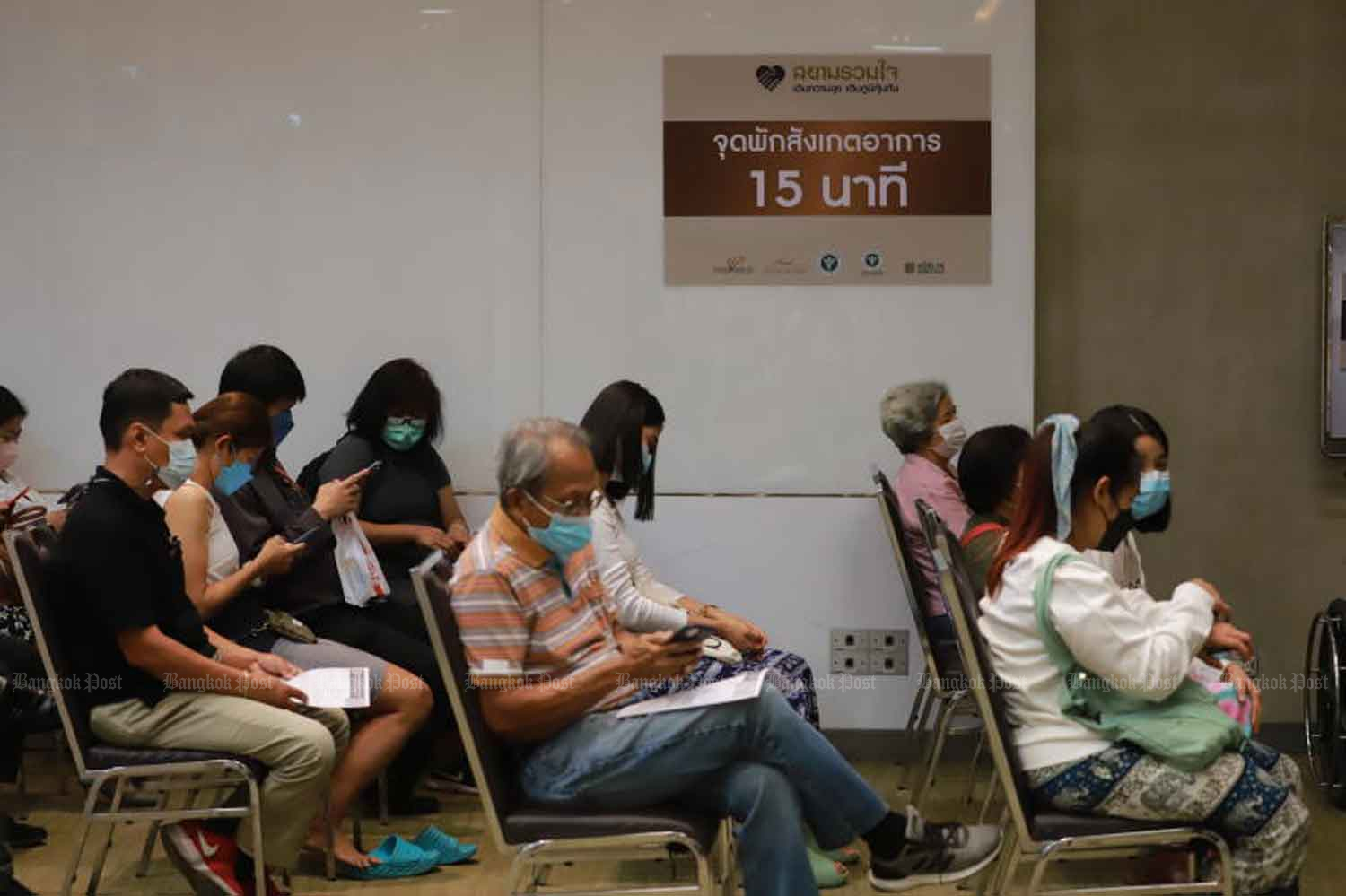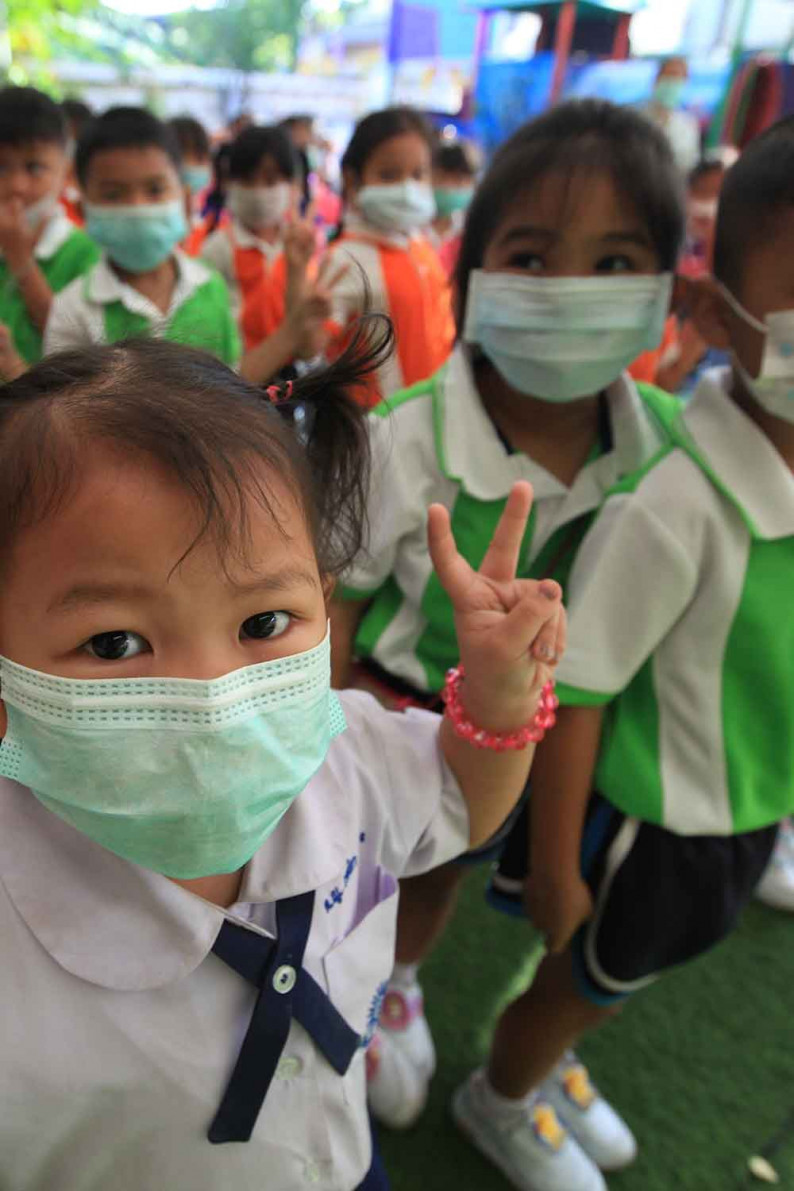
Thailand recently reported 27 cases of the new Omicron sub-variant XBB.1.16, prompting authorities to monitor its transmission speed and the ease with which it can escape people's ability to handle the virus in the wake of months, if not years, of vaccines and herd immunity.
The Ministry of Public Health recommends people, especially senior citizens and those with underlying conditions, get booster shots amid growing concern about the risk of new outbreaks. Here is what you need to know about this new sub-variant.
What is the XBB.1.16?
The World Health Organization (WHO) classified XBB.1.16 as a Variant Under Monitoring (VUM) on March 30 after it was detected for the first time in January in India. It has originally combined with Omicron's BA.2.10.1 and BA.2.75 sub-variants, and its mutation was found in the spike proteins of E180V, F486P and K478R. The mutation on the spike protein's 478 spots has enhanced the speed of transmission.
Lab tests found XBB.1.16 can be transmitted more efficiently than XBB.1 and XBB.1.5, meaning it should have less trouble spreading around the world more quickly. However, there is no scientific evidence proving it will cause more severe symptoms than earlier versions of the virus.
What are the symptoms?
XBB.1.16 produces similar symptoms to other sub-variants, such as a fever, coughing, sore throat and a runny nose. More concerning is when patients develop itchy eyes, pink eye or even "sticky eyes", as these ailments are not associated with other sub-variants.
Some experts have played these down as they have only been found in children in India. Dr Supakit Sirilak, chief of the Department of Medical Sciences, said eye irritation had not been confirmed as a symptom related to XBB.1.16.
What is the situation in Thailand?
The Department of Medical Sciences on Tuesday confirmed 27 cases and one death tied to this new sub-variant. The person who died was a senior citizen. The department expects to see a spike in caseloads after the Songkran celebrations wrap up. It plans to collect at least 700 samples a week to monitor the strain's spread, it said.
It is estimated that XBB.1.16 may now account for 10% of all new Covid infections, compared to XBB's 30%. The department believes XBB.1.16 will become the dominant strain by the middle of next month.
As such, it is following the WHO's advice to closely monitor the situation as XBB.1.16 went from comprising 0.21% of all new Covid-19 infections globally in late February to an estimated 3.96% a month later. In the US, it accounted for an estimated 7.2% of all Covid-19 samples from April 9-15.
Pattern of local outbreaks
The Department of Disease Control (DDC) forecasts a small wave of Covid-19 outbreaks from May, with numbers peaking in June. The number of cases will then shrink, in line with the typical trajectory of influenza outbreaks.
Schools will face a small wave when students return to classes in May, according to the DDC. Responding to this threat, the Ministry of Public Health insists it has already prepared enough drugs and other tools to counter such outbreaks.
Keeping Covid at bay
The ministry says the public should exercise extreme caution to prevent infections. People should maintain self-preventive measures, such as observing the mask-wearing mandate in public places, frequently washing their hands, respecting social distancing and getting a booster shot, it said.
The ministry reiterated that senior citizens and people living with chronic diseases should immediately get a booster, especially if their last shot was more than three months ago.
The ministry is still providing vaccines free of charge and now has over 10 million doses of multi-based vaccine platforms. It has also issued guidelines for receiving the vaccine, recommending people get one dose every year, similar to regular flu shots. The two vaccines will be administered to people at the same time starting next month.
